In Focus: The art of Ford Madox Brown
Known for his bold and thoughtful pictures, as well as a fondness for magenta, Ford Madox Brown was one of the most flamboyantly gifted Pre-Raphaelites, even if he was never a member of the sacred brotherhood.
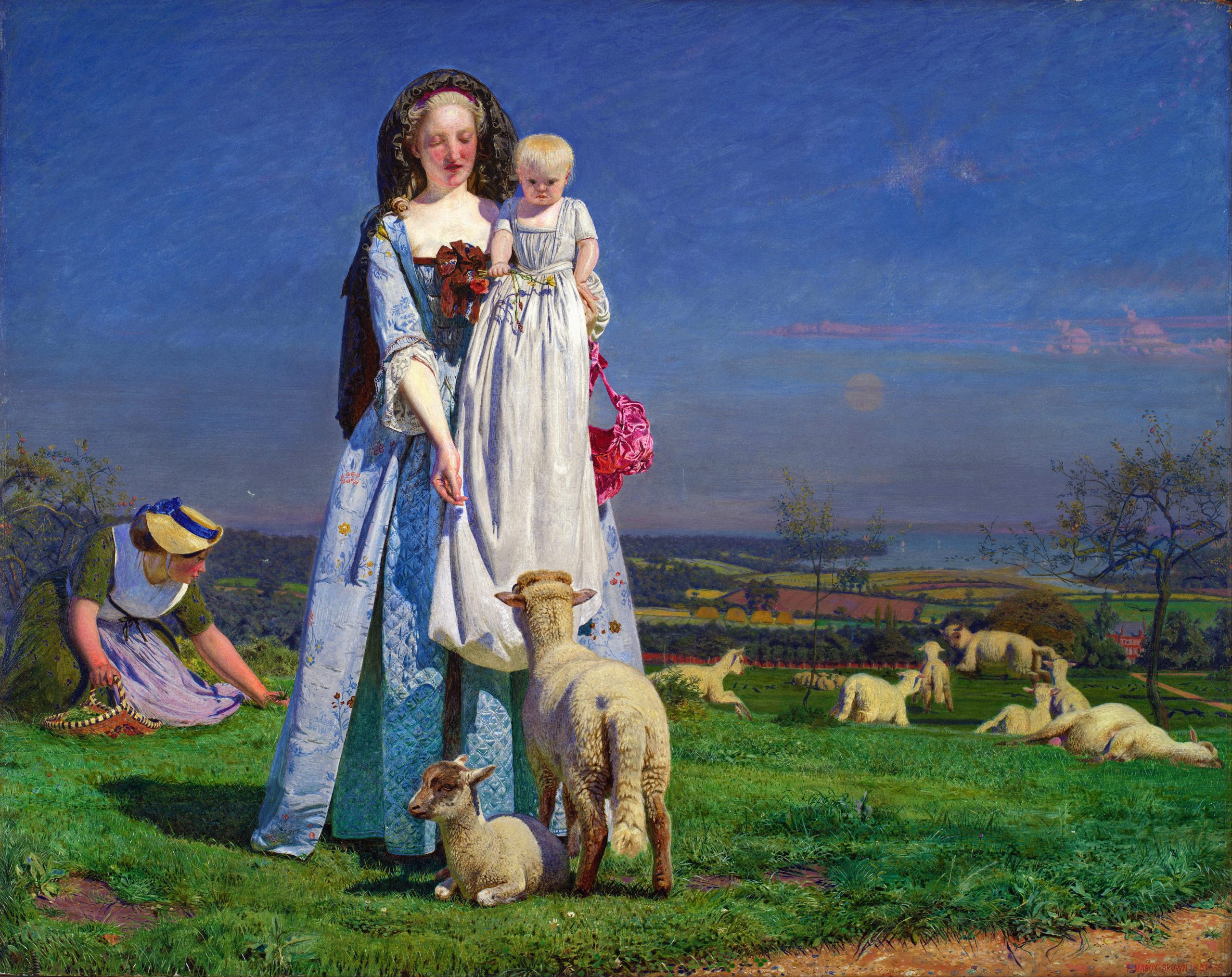
In his prime acclaimed as the most handsome man in London and, in several estimates, its most sparkling conversationalist, Ford Madox Brown — born 200 years ago, on April 16, 1821 — has survived in laymen’s verdict as a lesser Pre-Raphaelite.
In fact, this industrious, innovative painter, who was never formally a member of the Pre-Raphaelite Brotherhood, consistently worked hard to preserve the individuality not only of his outlook, but the manner of his painting.
Born outside England, with no experience of typical English art-school training, he was well placed to defy categorisation and embrace his preferred position of artistic independence.
Throughout his life, he remained a fierce individualist: a patriot who relished British hegemony in the middle years of the 19th century, yet retained a lasting attachment to France as the country of his birth; a left-leaning liberal concerned for the sufferings of the poor, opposed to what he described in his diary as ‘the depressing influence of established authority taking precedence of merit and justice’; a cheerful bohemian, who fathered a daughter outside marriage and claimed provocatively that his favourite costume was bathing dress; and, latterly, an agnostic with an encyclopaedic knowledge of the Bible, which remained for him a fecund source of inspiration.
Madox Brown painted bold, arresting, thoughtful pictures, occasionally humorous, sometimes coloured by notes of protest, still, in some instances — such as his double portrait of the blind politician Henry Fawcett and his suffragist wife, Millicent — powerfully moving.
Contemporary reviewers commended his viewpoint as ‘truthfully pathetic’, but unsentimental; they applauded his technical dexterity.
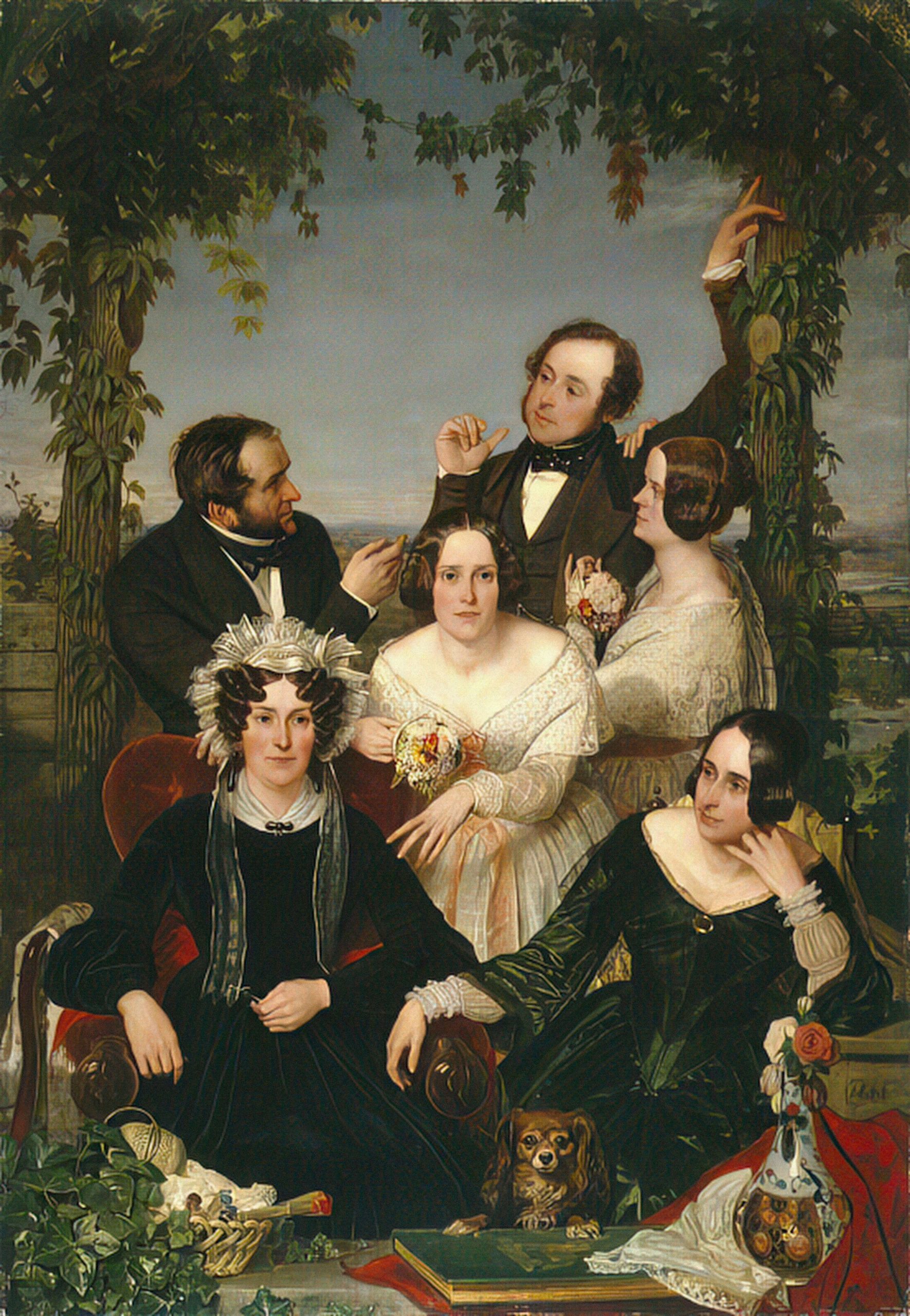
Undeniably, Madox Brown’s was a 19th-century vision. Even his chosen palette, with his preference for brilliant new colours, including his favourite magenta, suggests the aniline dyes of mid-century Berlin woolwork and he often resorted to typically Victorian visual symbolism, such as the roses, ivy and a small dog that symbolise love and faithfulness in his group portrait of his first wife and her family, The Bromley Family, of 1844. However, the best of his work transcends Victorianisms, still forceful, still distinctive.
Sign up for the Country Life Newsletter
Exquisite houses, the beauty of Nature, and how to get the most from your life, straight to your inbox.
Madox Brown was born in Calais, the son of a former ship’s purser and, until his 14th birthday, lived in various locations in northern France. In November 1835, he began studying at the Bruges Academy of Art; after less than a year, he moved to the art academy in Ghent.
Two years later, still only 17, he transferred to the Antwerp Academy of Art, where his tutor was the fashionable historical and genre painter Gustav Wappers, lately appointed painter to Belgian king Leopold I. That year, the teenager exhibited two paintings: a portrait and a religious subject, both genres he would revisit throughout his career.
When their mother died the year after, young Madox Brown and his sister Eliza jointly inherited property in England that guaranteed both a modest income. Eliza died in 1840, increasing her brother’s income at about the time he met his cousin, Elisabeth Bromley, whom he married in April the following year.
Happiness would frequently be marred by suffering in his life: the couple’s first child, a son born in 1842, died after five days, with Elisabeth herself dying of tuberculosis four years later. As if in a scene from a 19th-century opera, she died in her husband’s arms as they crossed Paris by carriage, after a winter in Rome had failed to restore her to health.
For Madox Brown himself, Rome provided both an awakening and a catalyst to developments in his art. There, he encountered German Nazarene painters Friedrich Overbeck and Peter von Cornelius.
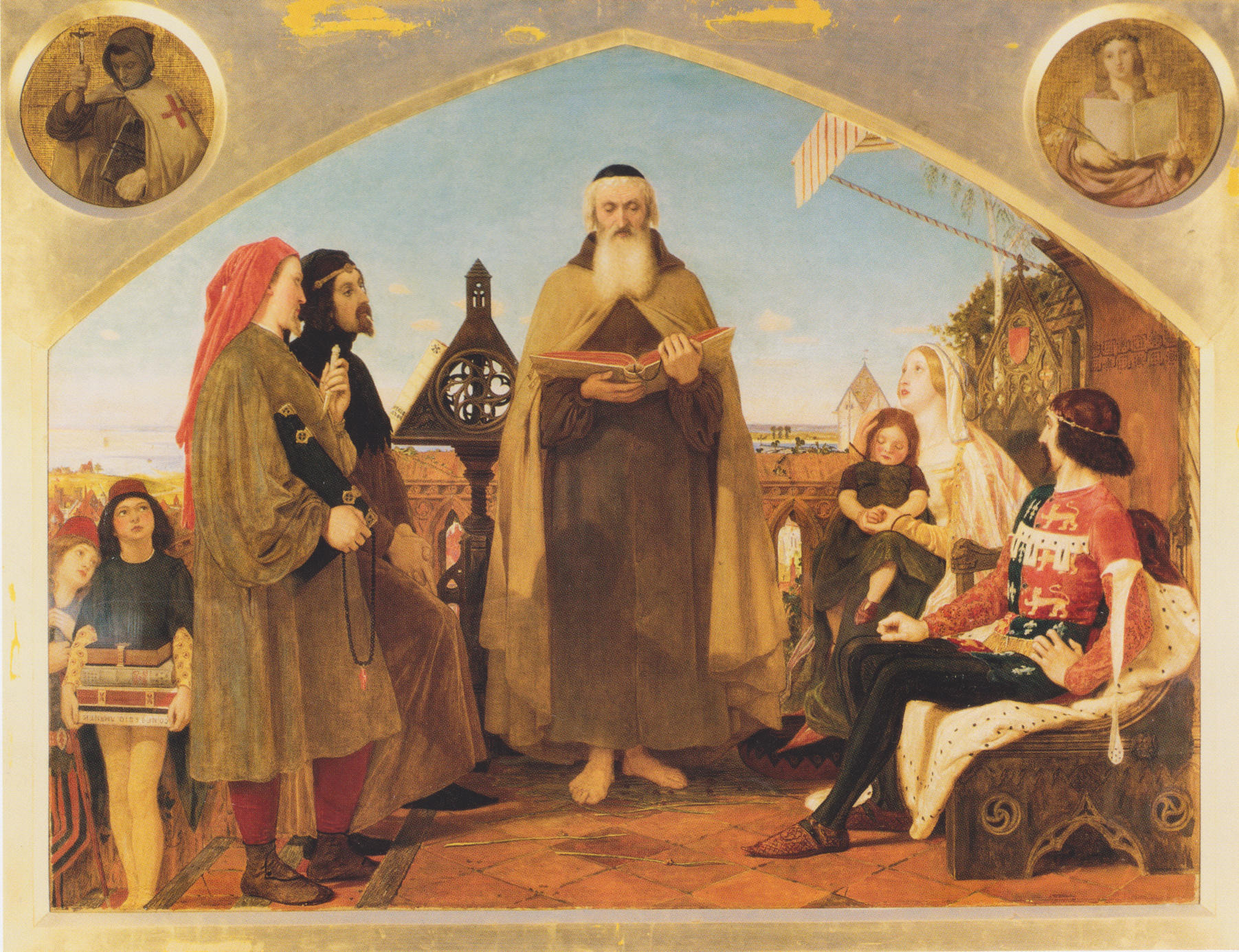
The Nazarenes’ determination to invest modern art with a spiritual dimension and their admiration of a quality in early-Renaissance painting they identified as ‘honesty’ influenced Madox Brown, as they would influence numerous British artists of his generation, including William Dyce and Pre-Raphaelites John Everett Millais, William Holman Hunt and Dante Gabriel Rossetti, who, in March 1848, wrote to Madox Brown asking to become his pupil.
Madox Brown had begun work on the painting that became Chaucer at the Court of Edward III before Elisabeth’s death; the following year, he began The First Translation of the Bible into English, a fresco-like image that, with its flattened perspective, clear outlines, sorbet-soft colours and symmetrical composition, celebrates both Nazarene and early Italian painting. The painting inspired widespread praise among viewers, not least for a perceived patriotic quality in its tub-thumping Protestantism.
Yet, despite a commission in 1879 to paint a series of murals for Manchester Town Hall illustrating key events in the town’s history, Madox Brown’s was not a typically patriotic outlook. The Last of England, begun at a moment of considerable unhappiness for the artist before his marriage to his second wife, Emma Hill, is a striking evocation of the experience of emigration.
Other Victorian artists imbued such scenes with sentiment; Madox Brown claimed he had ‘tried to render this scene as it would appear’. He and Emma are the models for the central couple in the tondo-inspired composition, seated behind a row of cabbages, Emma screened from the weather by an umbrella. The expressions of both are enigmatic.
The painting caused Madox Brown difficulties: he reported that the ribbons on Emma’s bonnet took four weeks to paint; he sold the picture for three-quarters of his hoped-for price and was disappointed that it was never engraved. The finished image captures his own uncertainty at a moment of unsettlement as much as that of a society in which, despite industrialisation, poverty drove millions overseas in pursuit of better lives.
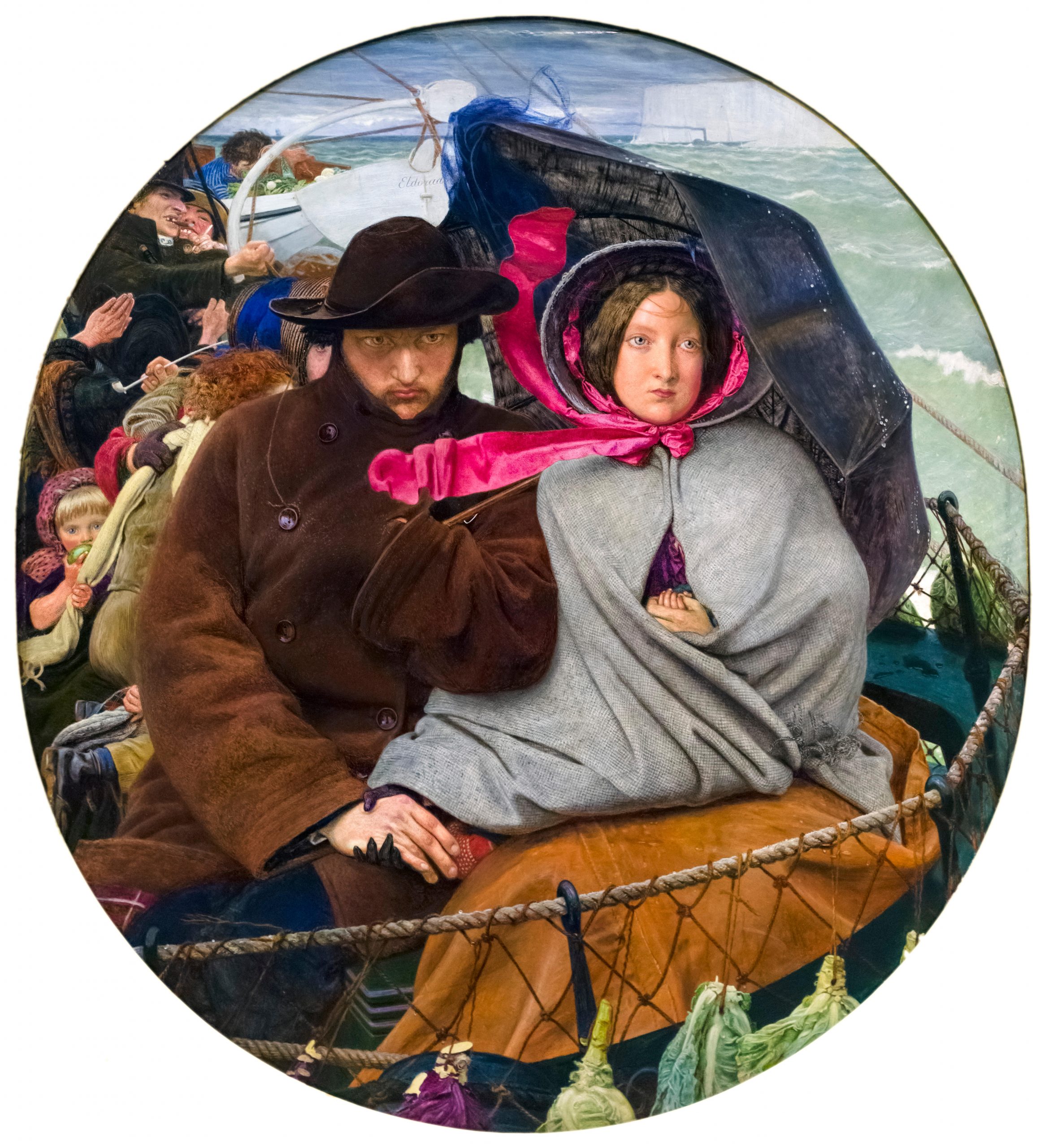
In its crisply accurate details, The Last of England resembles much of Madox Brown’s work: he was faithful to the Pre-Raphaelite concern with painstaking observation.
The same pin-sharp focus colours his curious peopled landscape, The Pretty Baa-Lambs. An image of his wife, Emma, and their daughter, Cathy, who was born three years before their marriage, it was first begun in the garden of the painter’s house in Stockwell, using sheep from Clapham Common.
This concern with visual truth was one Madox Brown set aside only in his extensive work as a designer, chiefly of stained glass, for the firm of Morris, Marshall, Faulkner & Co, of which he was a partner from 1861. His impressive window designs champion narrative drama and a heroic appeal to the emotions, impulses he had encountered in Rome, which coloured aspects of his art until his death in October 1893, only months after completing his final mural for Manchester Town Hall.
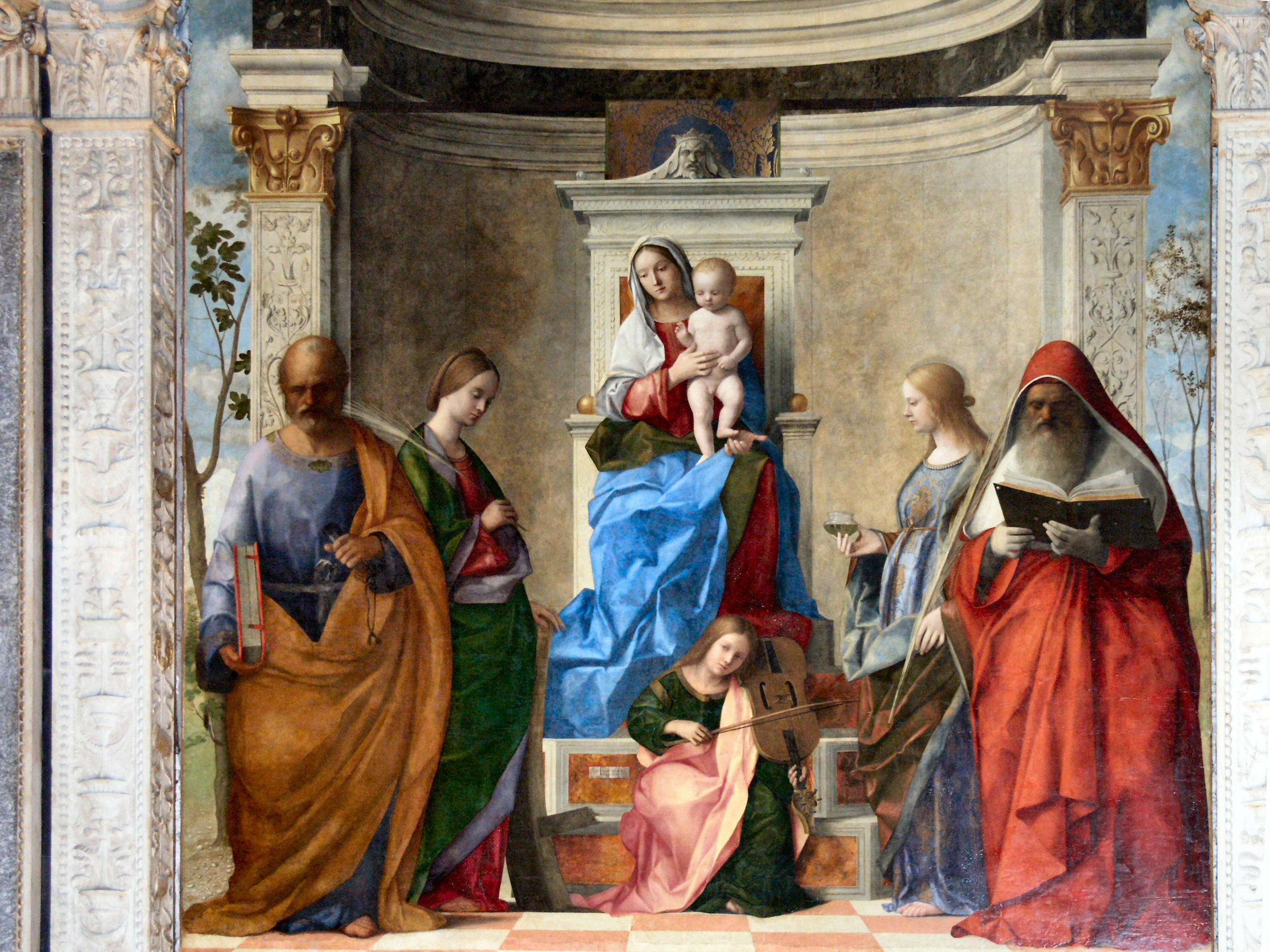
My favourite painting: Skye McAlpine
The chef and writer Skye McAlpine chooses The San Zaccaria Altarpiece by Giovanni Bellini.
-
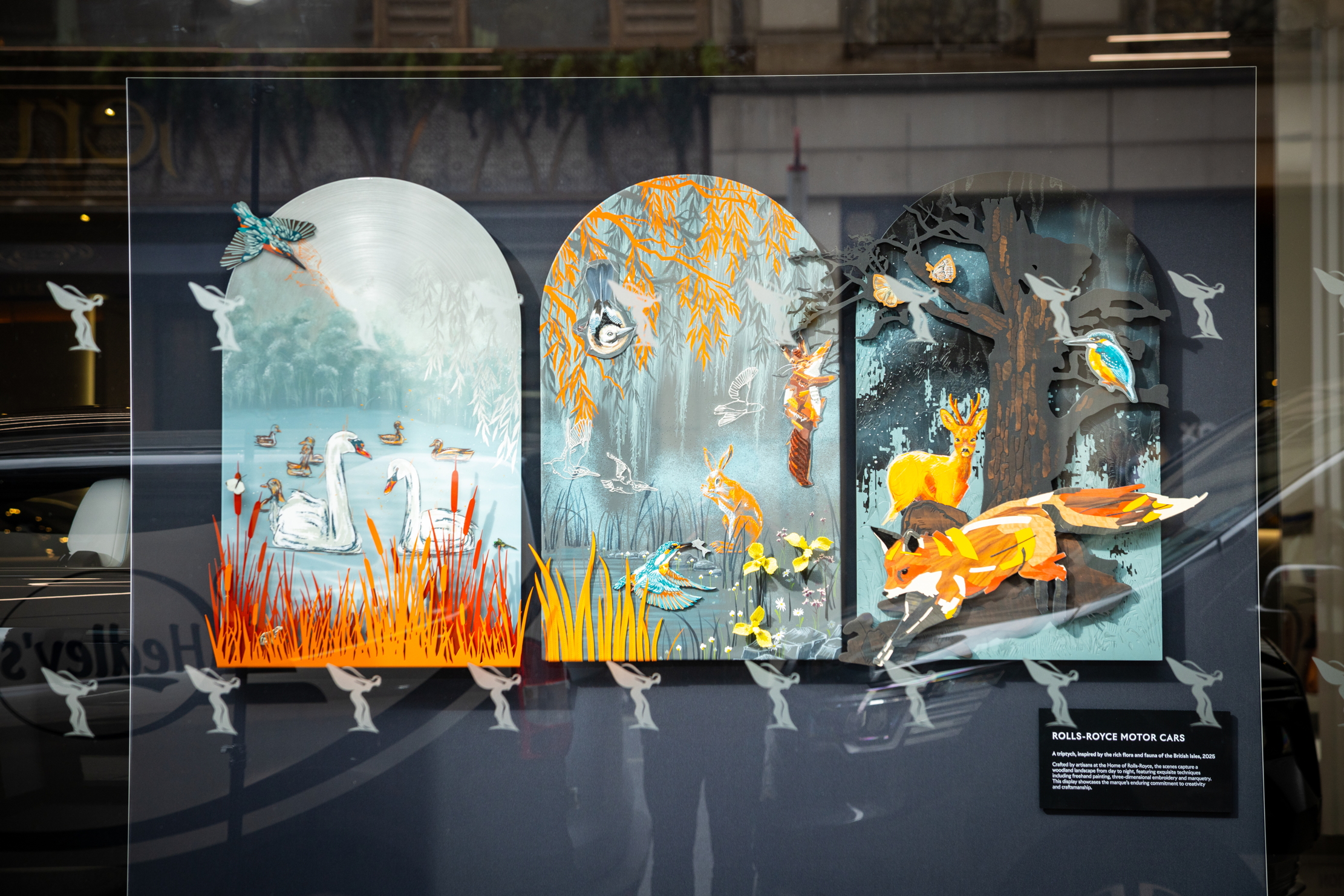 London Craft Week: Rolls-Royce demonstrates the true beauty of real artisanship
London Craft Week: Rolls-Royce demonstrates the true beauty of real artisanshipA triptych of British nature scenes show that the difference between manufacturing and art is not as wide as we might think.
-
 Name that dog: Country Life Quiz of the Day, May 13, 2025
Name that dog: Country Life Quiz of the Day, May 13, 2025One of Britain's most picturesque streets and Tom Brown's school find their way in to Tuesday's quiz.